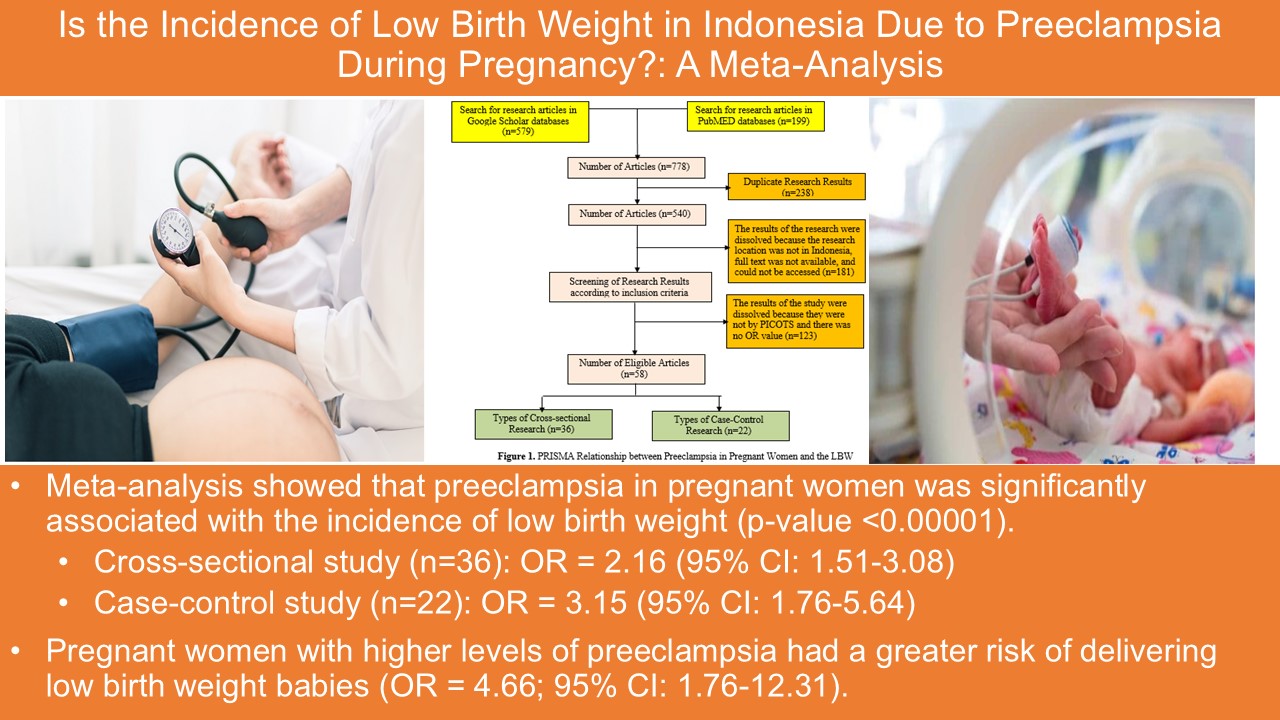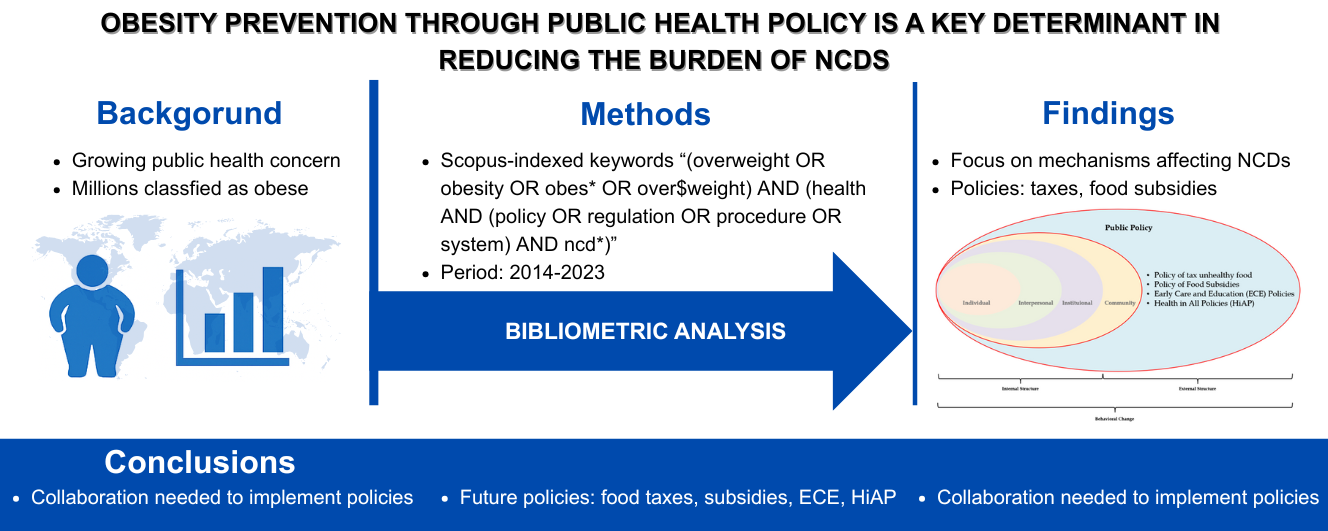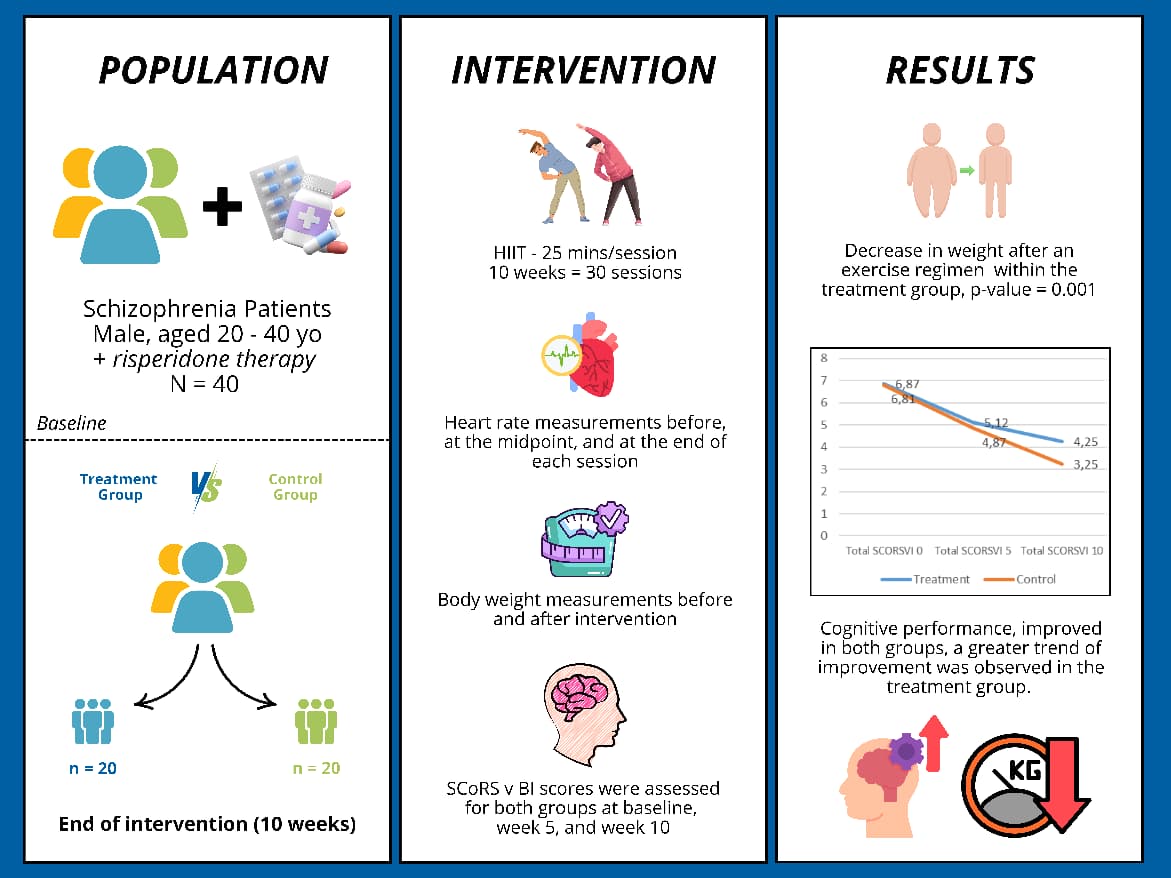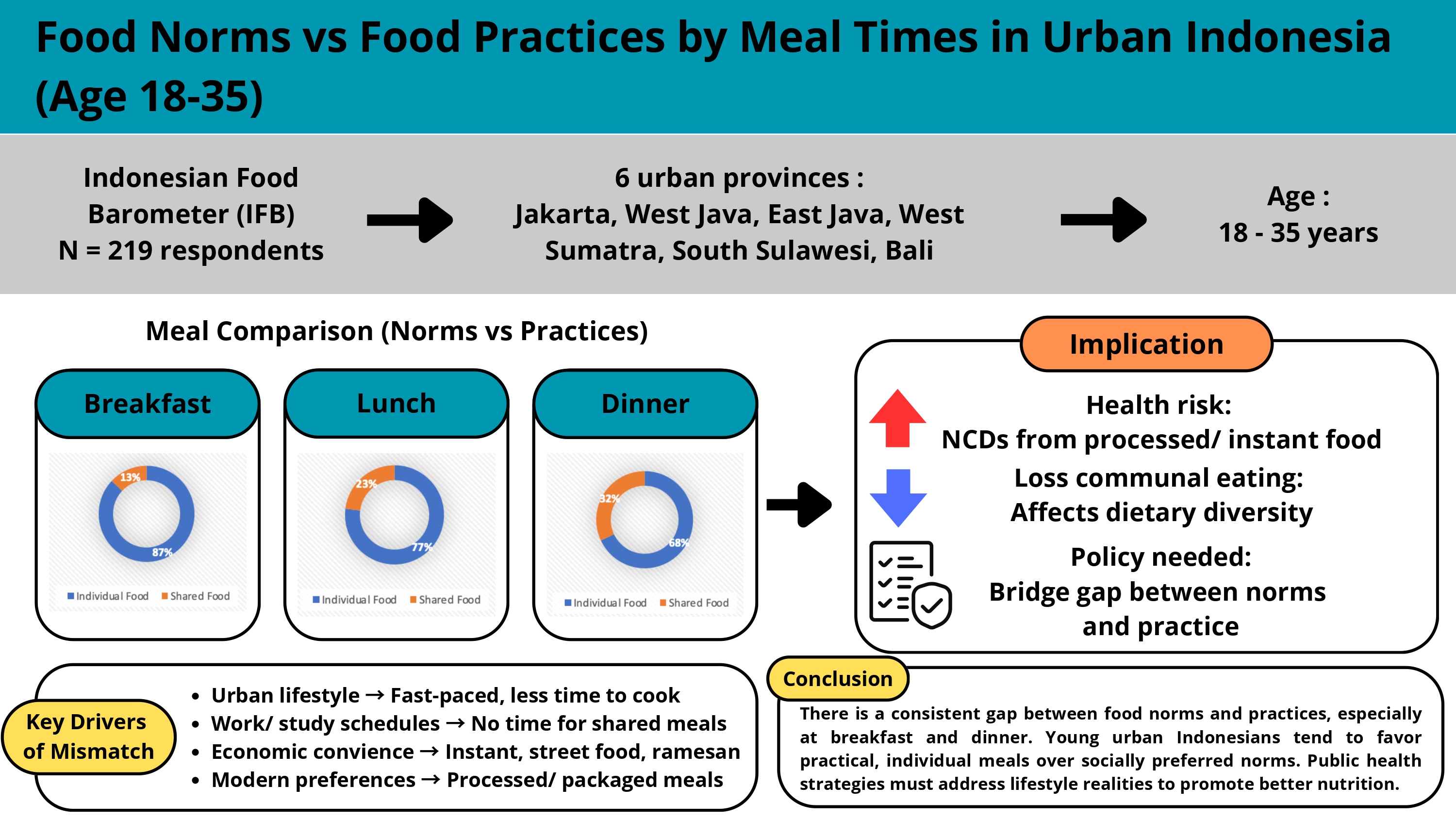HYPERTENSION AND RELATED FACTORS AMONG FEMALE STUDENTS AT VOCATIONAL HIGH SCHOOL BEKASI, INDONESIA
Downloads
Hypertension is one of non-communicable diseases which prevalence is high in Indonesia, not only among adult and elderly but also among adolescent. Hypertension can be caused by various factors including fat intake, fi ber intake and nutritional status. The purpose of this study was analyze the correlation of fat intake, fi ber intake, and obesity with hypertension among female students at Vocational high school, Bekasi, Indonesia. This was a cross sectional study among 255 female students who were selected by purposive sampling technique. Hypertension was measured using sphygmomanometer with 95 percentile cut-off based on sex, age, and body height (cut-off hypertension was > 104-115 mmHg systolic and > 62-68 mmHg diastolic blood pressure). Fat and fi ber intake were assessed using Semi Quantitative Food Frequency Questionnaire (SQ-FFQ), and obesity was measured using digital weighing scales and microtoise. Data were analyzed by chi square test. The results showed that prevalence of female students with low f fat intake was 58,8%; low fi ber intake was 82,0%; obesity was 25,1%; and hypertension was 16,5%. There was a positive correlation between fat intake (p=0,011) and obesity (p<0,01) with hypertension but no correlation was found between fi ber intake (p=0,916) and hypertension. Fat intake and obesity were related to the hypertension in adolescents. Routine blood pressure checks and restrictions on fat intake are needed to reduce the risk of hypertension in adolescents.
Amilia, A., Munawir, M., & Suhartatik, S. (2014). Faktor yang berhubungan dengan kejadian hipertensi esensial di ruang rawat inap penyakit dalam RSUD Pangkep. Jurnal Ilmiah Kesehatan Diagnosis, 4(6), 693–700.
Asna, A. F., Perdana, S. M., Amelia, R., & Syah, M. N. H. (2019). Anemia, Nutritional Status, and Dietary Patterns in Adolescent Girls of Vocational High School Students in Bekasi, Indonesia. Annals of Nutrition and Metabolism (Vol. 75, pp. 280-280).
Dinas Kesehatan Provinsi Jawa Barat. (2018). Profi l Kesehatan Provinsi Jawa Barat Tahun 2017. Bandung: Dinas Kesehatan Provinsi Jawa Barat
Claudina, I., Pangestuti, D. R., & Kartini, A. (2018). Hubungan Asupan Serat Makanan dan Cairan dengan Kejadian Konstipasi Fungsional pada Remaja di SMA Kesatrian 1 Semarang. Jurnal Kesehatan Masyarakat (e-Journal), 6(1), 486–495. Hardinsyah & Tambunan, V. 2004. Angka kecukupan energi, protein, lemak dan serat makanan. Prosiding Widyakarya Nasional Pangan dan Gizi VIII, 17-19.
Hidayatullah, M. T., & Pratama, A. A. (2019). Hubungan Kebiasaan Merokok dan Obesitas dengan Kejadian Hipertensi pada Remaja Usia 15-19 Tahun. Smiknas, 108–115.
Indira, I. N. (2013). Hubungan Antara Asupan Serat dengan Profi l Tekanan Darah pada Usia Dewasa di Kecamatan Kedungkandang Kota Malang. (Skripsi, Universitas Brawijaya).
Kumar, R., Cotran, R. S., & Robbins, S. L. (2011). Buku Ajar Patologi. Volume 2. Edisi 7. Jakarta: EGC.
Kurdanti, W., Suryani, I., Syamsiatun, N. H., Siwi, L. P., Adityanti, M. M., Mustikaningsih, D., &
Sholihah, K. I. (2015). Faktor-faktor yang mempengaruhi kejadian obesitas pada remaja. Jurnal Gizi Klinik Indonesia, 11(4), 179–190.
Kurnianingtyas, B. F., Suyatno, S., & Kartasurya, M. I. (2017). Faktor Risiko kejadian hipertensi pada siswa sma di kota semarang Tahun 2016. Jurnal Kesehatan Masyarakat (e-Journal), 5(2), 70–77.
Listiana, L., & Rizal, A. K. A. (2017). Hubungan pola konsumsi zat gizi makro dan mikro dengan tekanan darah pada penderita hipertensi. Jurnal Media Kesehatan, 10(2), 126–138.
Mafaza, R. L., Wirjatmadi, B., & Adriani, M. (2016). Analisis hubungan antara lingkar perut, asupan lemak, dan rasio asupan kalsium magnesium dengan hipertensi. Media Gizi Indonesia, 11(2), 127–134.
Salam, M. A., & Sulchan, M. (2009). Risiko Faktor Hereditas, Obesitas dan Asupan Natrium Terhadap Kejadian Hipertensi pada Remaja Awal. Journal of Nutrition Collage, 1(1), 1–14.
Muchtadi, D. (2009) Pengantar Ilmu Gizi. Bandung: Alfabeta.
Nugent, R., Bertram, M. Y., Jan, S., Niessen, L. W., Sassi, F., Jamison, D. T., Pier, E. G., & Beaglehole, R. (2018). Investing in non-communicable disease prevention and management to advance the Sustainable Development Goals. The Lancet, 391(10134), 2029–2035.
Putri, L. P. (2016). Hubungan Densitas Energi Dan Asupan Zat Gizi Makro Dengan Kejadian Sindrom Metabolik Pada Remaja Obesitas. Journal of Nutrition College, 5(3), 214–221
Sadiyah, E. R. (2016). Faktor-Faktor Yang Berhubungan Dengan Hipertensi Pada Orang Dewasa Di Propinsi Jawa Tengah (Analisis Data Riskesdas Tahun 2007). Prosiding SNaPP: Kesehatan (Kedokteran, Kebidanan, Keperawatan, Farmasi, Psikologi), 2(1), 19–27.
Sapitri, N., Suyanto, & Butar-butar, W. R. (2016). Analisis faktor risiko kejadian hipertensi pada masyarakat di pesisir sungai siak kecamatan rumbai kota pekanbaru. Jom FK, 3(1), 1–15.
Sargowo, D., & Andarini, S. (2011). Pengaruh komposisi asupan makan terhadap komponen sindrom metabolik pada remaja. Jurnal Kardiologi Indonesia, 32(1), 14–23.
Sari, D. M., & Panunggal, B. (2013). Hubungan Asupan Serat, Natrium dan Aktivitas Fisik terhadap Kejadian Obesitas dengan Hipertensi pada Anak Sekolah Dasar. Journal of Nutrition College, 2(4), 467–473.
Suiraoka, I. P. (2012). Penyakit Degeneratif. Yogyakarta: Nuha Medika.
Syah, M. N. H., Asna, A. F., & Wahono, D. N. (2019). Irregular Weight Monitoring Associated With Overweight-Obesity In Adolescent (High School Student) at Bekasi. In Annals of Nutrition and Metabolism (Vol. 75, pp. 133-134).
Syahrini, E. N., Susanto, H. S., & Udiyono, A. (2012). Faktor-faktor risiko hipertensi primer di puskesmas Tlogosari Kulon Kota Semarang. Jurnal Kesehatan Masyarakat Universitas Diponegoro, 1(2), 315–325.
Ikramullah, Qureshi, M. S., Hadi, A., Khan, S. B., & Hafi zullah, M. (2014). Correlation of body mass index with frequency of high blood pressure. Pak Heart J, 47(1), 46–50.
Wang, F., Tiwari, V. K., & Wang, H. (2014). Risk factors for hypertension in india and china: A comparative study. Health and PopulationPerspectives and Issues, 37(1), 40–49.
Widyaningrum, H., & Rahmat, A. (2011). Kitab Tanaman Obat Nusantara. Yogyakarta: Media Pressindo.
Wulandari, D. T. (2017). Hubungan Antara Karbohidrat dan Lemak dengan Kejadian O v e r w e i g h t p a d a R e m a j a d i S M A Muhammadiyah 4 Kartasura Kabupaten Sukoharjo. Jurnal Riset Kesehatan Poltekkes Depkes Bandung, 9(1), 53–63.
Wulansari, N. D. (2009). Konsumsi serta Preferensi Buah dan Sayur pada Remaja SMA dengan Status Sosial Ekonomi yang Berbeda di Bogor. (Skripsi, Institut Pertanian Bogor).
World Health Organization. (2007). The world health report 2007: a safer future: global public health security in the 21st century. World Health Organization
- MEDIA GIZI INDONESIA Journal is the copyright owner of all materials published on this website.
- The formal legal provisions for access to digital articles of this electronic journal are subject to the terms of the Creative Commons Attribution-NonCommercial-ShareAlike license (CC BY-NC-SA 4.0), which means that MEDIA GIZI INDONESIA Journal and readers reserve the right to save, transmit media / format, manage in database, maintain, and publish articles as long as it continues to include the name of the Author.
- Printed and published print and electronic manuscripts are open access for educational, research and library purposes. In addition to these objectives, the editorial board shall not be liable for violations of copyright law.


2.png)





















